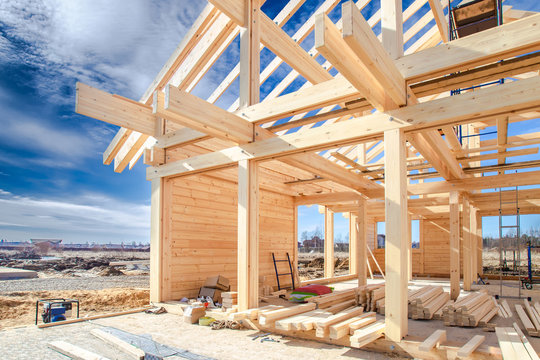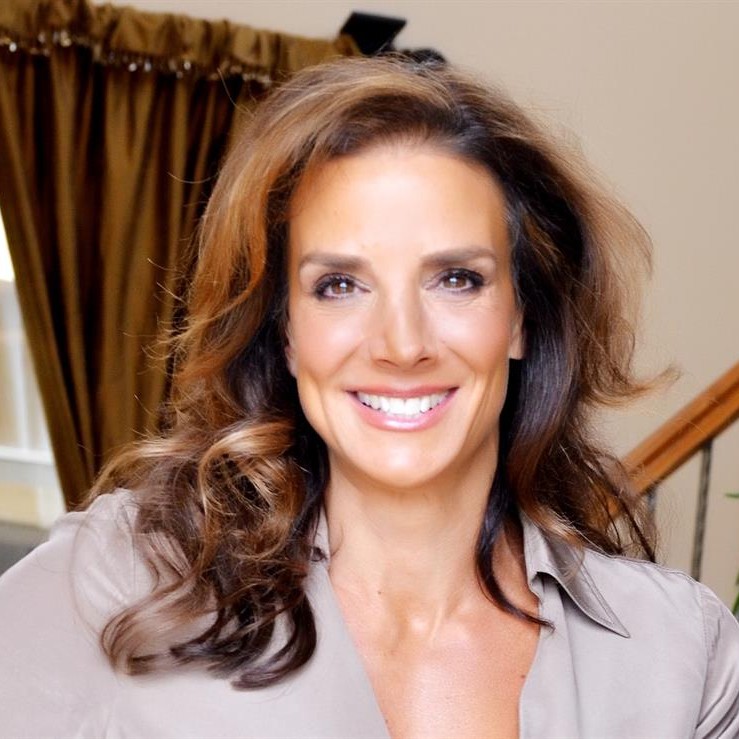How much does it cost to build a house? Is it cheaper to build or buy a house? The median price of constructing a single-family home is $296,652. That’s for an average-sized house of 2,594 square feet, which boils down to $115 per square foot. Because of COVID-19, however, Americans keen to purchase new construction will need to tack on a pandemic premium. Then comes the time and energy that goes into building as well.
So is it worth it? Which one should you choose? Our team at Corken and Company wants to give you some important information when weighing your options.
Is it more expensive to build a house? The coronavirus pandemic’s impact on new construction:
Why does it cost so much to build a house today? According to the National Association of Home Builders, the pandemic’s disruption of supply chains has caused lumber costs to triple over the past year. Framing lumber that once set builders back about $350 per 1,000 board feet is now running $1,200—a 250% jump in price. Given that a house is much bigger (and more expensive) than rolls of toilet paper, it’s understandable that new-construction homes, and the materials to make them, are suffering from an unprecedented price increase that has many homebuyers and builders reeling from sticker shock.
Still, the pandemic alone isn’t to blame for the high cost of building a house. Here’s more on why new construction costs so much, and how it compares with buying a preexisting home.
The main costs to build a house:
Wondering if it’s cheaper to build a house? First, it’s important to understand that there are a few main costs involved in the construction of a home:
-
The shell of the house, which includes walls, windows, doors, and roofing, can account for a third of the home’s total cost, or $93,279.
-
Interior finishes such as cabinets, flooring, and countertops can eat up another third of the budget, averaging $75,259.
-
Within the interior, kitchens and bathrooms are the most expensive rooms to build, with the average cost for cabinets and countertops alone is $13,540.
-
Mechanical—think plumbing and heating—runs around 14.7%, or $43,668.
-
Architect and engineer drawings will run about $4,335.
Also keep in mind that the cost to build a home can vary widely based on where you live.
Additional costs to build a house:
Now you know the basic cost to build a home, but the expenses don’t end there. Here are a few extra costs you’ll need to be aware of that aren’t factored into the above price:
-
The cost of a plot of land to build on averages $3,160 per acre. That said, the average home is built on only 0.5 acre, so unless you want a lot of space in a highly desired neighborhood, that alone won’t break the bank.
-
Excavation and foundation work can be the most variable cost when building a home. In other words, you never know what you’re going to find until you start digging—be it bad soil or massive boulders. If excavation and foundation work go relatively smoothly, the average cost for both is $33,511.
-
You’ll need a building permit, of course—it averages $5,086 nationally.
-
Other costs you’ll incur before you hammer even one nail include inspections ($4,319) and an impact fee, levied by the government to cover the costs a new home will incur on public services like electricity and waste removal ($3,865).
The current state of the new-construction industry:
When the pandemic began to unfold, builders faced the prospect of buyers disappearing. And while buyers did pull back early on, the housing market quickly did a 180 with buyers coming out in masses to find a better fit at home. Now, as the economy has begun opening back up, builders are struggling to balance strong demand with supply chain crunches beyond lumber that are leading to higher prices, causing some homebuyers to hold off on moving forward with new construction. But it’s not all doom and gloom.
Is it cheaper to build or buy a house?
Currently, you can buy an existing single-family house for a median price of $380,000. In short, it’ll cost you a little bit more today to buy an old house than building a new one. Still, you save yourself the headaches that inevitably come with construction, along with the long wait before you move in. On average, the time it takes to build a house is about three to six months, but the pandemic could cause this process to drag even longer. Still, building a house does have its advantages. Everything from pipes to the heating and cooling systems will be new. That means no costly repairs in the near future—and so a newly built home could end up costing less in the long run.
Should you buy or build a house?
All in all, it’s smart to weigh the pros and cons of new versus old construction—and the price you pay for construction costs versus an existing home is only the beginning. Here we lay out everything a homebuyer needs to know about buying an existing home compared with building one from scratch or having it built by a general contractor.
There are actually two things to consider: the upfront costs of buying versus building, and the ongoing maintenance costs.
If you buy an existing home:
According to the latest figures, the median cost of buying an existing single-family house is $334,500. For the average 1,500-square-foot home built before the 1960s, that comes to about $223 per square foot. That said, the exact price can vary widely based on where you live.
If you build a new home:
Building a house will set you back an average of $296,652, plus about $35,872 due to the pandemic-related uptick in material costs. But you may get a lot more for your money. For one, new construction is usually more spacious, with a median size of 2,594 square feet—so the cost to build per square foot is actually lower than the cost per square foot of existing homes.
Another advantage of having a builder construct a custom home is you pay for only what you want, whereas an existing home may have interior and exterior features (e.g., a finished basement or a basketball court) you’ll pay a premium for, even if you don’t want them. But if an older house happens to be your dream home the way it is, that may be the more bargain-friendly route. Last but not least, by building your own house, you get to design it to your exact specifications. If you have very clear ideas about how you want your home to look, this blank slate could be worth every penny.
As you can see there are pros and cons to both buying and building a home. At the end of the day it is up to each individual and their desires for their new home. We here at Corken and Company can help you navigate either route, contact us today!





